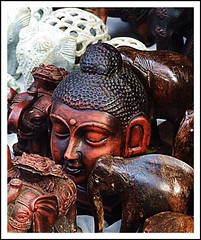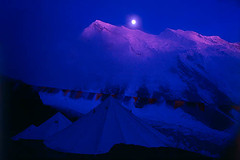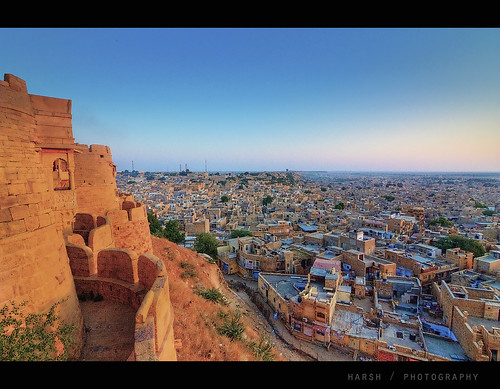Jaisalmer Fort:
in Jaisalmer , you will find different facets of its own glorious heritage. Though you can find historical monuments scattered all over the city, the Jaisalmer Fort will immediately command your attention. Made of sand stones and locally known as Sonar Quila, the Jaisalmer Fort is a dominating structure amidst sands.
The city is said to be founded by one Raja Rawal Jaisal, a Bhatti Rajput ruler, in approximately 1156 A D. Legends go by that he did it on the behest of a local hermit named Eesaal. The raja choose Trikuta hill as the new site for his fort as his earlier adobe at Luderwa(16 k.m from present Jaisalmer) was too vulnerable to his comfort. But it should always be kept in mind that these legends are most of the time product of conscious minds that are very vulnerable to the oriental exaggeration.
Jaisalmer fort is the second oldest in Rajasthan. Two hundred and fifty feet tall and reinforced by imposing crenellated sandstone wall 30 feet high; it has 99 bastions, 92 of which were built between 1633 and 1647. Wells within the fort still provide a regular source of water. Even today, you will find that nearly one fourth of the old city's population resides within the fort. If you are a student of cross-cultural merging, the subtle fusion of Rajput and Islamic architectural styles, visible in this fort, will catch your fancy. Ganesh Pol, Akshya Pol, Suraj Pol and Hawa Pol are a must see.
Gully cricket is what you see all over India.
Backyard cricket, street cricket, beach cricket, gully cricket, corridor cricket, deef or garden cricket is an informal ad hoc variant of the game of cricket.Whilst loosely based upon the game of cricket, many aspects are improvised: the playing ground, the rules, the teams, and the equipment. Quite often there are no teams at all; the players take turns at batting and there is often no emphasis on actually scoring runs. The bat can be anything, as long as it can hit the ball and can be suitably held in the hands. However, usage of a bat is necessary. A ball is the other essential item. Tennis balls are often used due to the fact that they are less likely to inflict injuries than a cricket ball. They are also much cheaper and more readily available than a leather cricket ball and are easier to hit due to their slower air-speed and relative lightness. Tennis balls also bounce more than normal cricket balls, especially at low speeds. The pitch can be any stretch of ground that is reasonably flat. The wicket may be any convenient object - a chair, a cardboard box, a set of long twigs or sticks, a rubbish bin, tree or a drawing on the wall. Often, the wicket is by no means close to the official size, but it is used anyway. A wicket at the non-striker's end is generally a single stump if proper stumps are available and in the absence of larger objects may be just a hat or a shoe. Its main purpose is to mark the bowler's crease, but can be instrumental when there are two batters and one may be run out.














